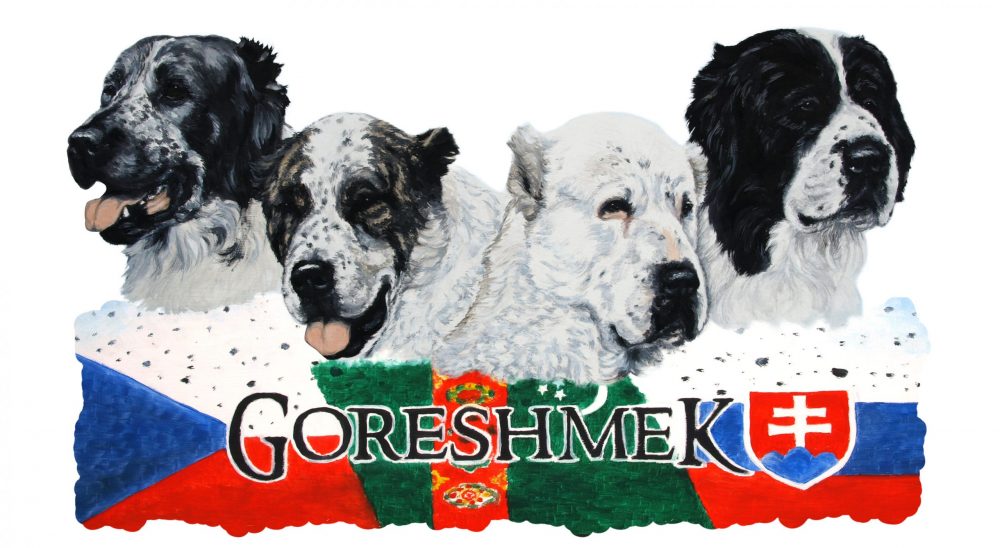For centuries, tarot cards have astounded people all over the world with their magical allure and insightful wisdom. Whether you’re a seasoned expert or a curious newbie, there’s no rejecting the power and intrigue of the tarot. In this comprehensive overview, we’ll discover the background, significance, and meanings behind these enigmatic cards, as well as exactly how you can harness their energy for self-reflection and individual growth.
The Background of Tarot card
Although the specific beginnings of tarot card are shrouded in enigma, the majority of historians agree that the cards first appeared in Europe in the 15th century. Initially utilized as playing cards, the tarot card gradually progressed right into a tool for divination and spiritual support. The Rider-Waite-Smith deck, created in the early 20th century, is the most popular and commonly acknowledged tarot card deck today.
Each tarot card is rich in importance and images, making use of a variety of heavy customs and archetypal themes. The 78-card deck is split right into two major classifications: the Major Arcana, which includes 22 online fortune telling secret weapon representing considerable life events and spiritual lessons, and the Minor Arcana, which includes 56 suit cards that show daily experiences and challenges.
Interpreting the cards calls for intuition, insight, and a deep link to your internal knowledge. While there are numerous ways to check out tarot card, the most common technique involves shuffling the cards, laying them out in a spread, and translating their meanings based on their position and partnership to one another.
- Major Arcana: The Fool, The Illusionist, The High Priestess, The Empress, The Emperor, The Hierophant, The Enthusiasts, The Chariot, Stamina, The Hermit, Wheel of Lot Of Money, Justice, The Hanged Man, Fatality, Temperance, The Devil, The Tower, The Star, The Moon, The Sun, Judgment, The Globe
- Minor Arcana: Wands (Fire), Mugs (Water), Swords (Air), Pentacles (Earth)
Recognizing Tarot Card Importance
Each tarot card is a microcosm of global motifs and archetypes, using understandings right into the human experience and the complexities of life. The meaning in the cards can be translated on several levels, from the actual to the metaphorical, and can evoke a large range of emotions and viewpoints.
The images in the tarot card makes use of a variety of customs and affects, including astrology, alchemy, numerology, and folklore. By checking out the symbolism in each card and its connection to these mystical systems, you can deepen your understanding of the tarot and unlock its surprise significances.
For example, the High Priestess card, which is associated with intuition, enigma, and the subconscious mind, makes use of the symbolism of the moon, water, and the shroud of illusion. By contemplating these signs and contemplating their relevance, you can access the much deeper wisdom and insights inscribed in the card.
Using Tarot Card for Self-Reflection and Personal Development
One of the most effective aspects of tarot is its capability to serve as a mirror for your inner ideas, feelings, and needs. By dealing with the cards in a mindful and reflective method, you can get useful insights into your mind, as well as advice on just how to navigate life’s challenges and opportunities.
Whether you’re seeking quality on a details circumstance, guidance on a decision, or motivation for individual growth, tarot can offer useful viewpoints and knowledge. By coming close to the cards with an open heart and an interested mind, you can use their transformative power and unlock the hidden depths of your psyche.
Conclusion
Finally, tarot card is a powerful and versatile device for self-discovery, personal development, and spiritual exploration. By delving right into the abundant meaning and imagery of the cards, you can open concealed truths, gain useful understandings, and connect with your inner knowledge in profound ways.
